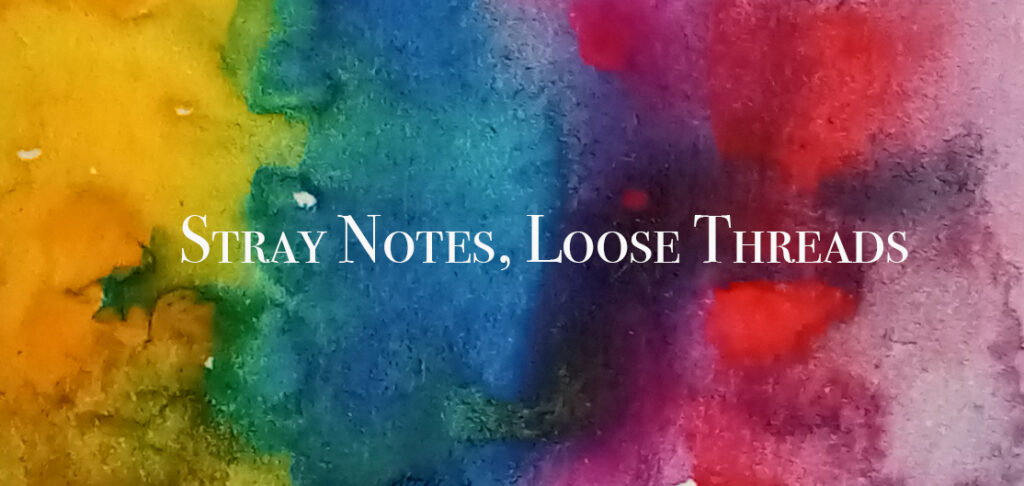Over the festive season we travelled through the central part of Te Waipounamu/ the South Island of Aotearoa New Zealand.
The journey of more than 1,500 kms, once all the side trips were taken into account, took ten days and covered some of the most spectacular scenery and sights of the island.
One of the reasons for undertaking this mammoth trip was to look at sheep stations in the high country. This is part of a research and development project with Shetland, supporting the wool industry and helping to develop weaving with wool in both Shetland and New Zealand. The high country of the Southern Alps is spectacular as is the route to getting up there.
The way down the West Coast from Greymouth is always entrancing. High mountains peaks, wide rivers and dense forests line the road on one side while the endless Pacific Ocean rolls along beside the other. It being an extraordinary summer, rata and pohutakawa were spectacular, brilliant red against a deep blue sky.

An overnight stop at Fox Glacier allowed us a very early start to see the mists and iconic mountain reflections at Lake Matheson.

Access across the mountains is through one of the passes: Haast. The lush green of the West Coast gave way to the dry golden grasses of Otago as we arrived at Cardrona Hotel, having stopped at the old part of Cromwell town where we discovered a treasure of an art gallery, owned by retired (and extremely knowledgeable) print-maker and lecturer, Chris, and artist wife, Gail.
The hotel is a good place from which to explore the area, including the Crown Range with its incredible views and Arrowtown, the small settlement that was founded on gold and has a significant history of immigration, including Chinese immigrants who came to seek wealth, sending money back home in the 19th Century. The landscape is recovering from the mining slowly but faces another threat from invasive introduced species such as lupins. Although they are beautiful as they stand out among the tawny colours of the land, lupins clog waterways and spread rapidly, crowding out native plants.

Continuing on, we travelled through the Mackenzie Basin, surely a taonga (treasure) of Aotearoa’s scenic beauty. This is one of my favourite areas of the country and there is plenty of inspiration here for cloths and paints for the artists among us.

Twizel is a fascinating place. This small town was created to house workers on an ambitious project: the creation of dams for hydro-electric purposes. What vision the engineers must have had. Wide roads allow access to canals and dams for fishing and recreation, including rowing competitions on Lake Ruataniwha, and the electricity generated helps to run the country. Although there are downsides to flooding parts of these areas, the project has allowed farming and tourism, and there are wonderful, relatively unspoiled sights still to be found, such as the Clay Cliffs of Omarama.

This is also the access to Aoraki/ Mount Cook and the national park that protects New Zealand’s highest peaks and longest glaciers.


Back on the road after a couple of days of exploring the parks and region, we travelled through to Otautahi Christchurch, seeing the Church of the Good Shepherd, one of the most recognisable and most photographed sights of the country, and briefly happening on the Dark Sky Project, a Ngai Tahu tourism venture, with a plan to return later for a longer look.
Christmas was spent in Christchurch with family and then followed a night in Sheffield with friends before returning home for New Year.
Along the way we have seen amazing sights and gathered plenty of ideas and artistic inspiration. It is humbling to know that we have all of this on our doorstep, so easily accessible, and I am grateful for the chance to experience all of this beauty and wonder and to be able to share it with you all.

Leave a Reply